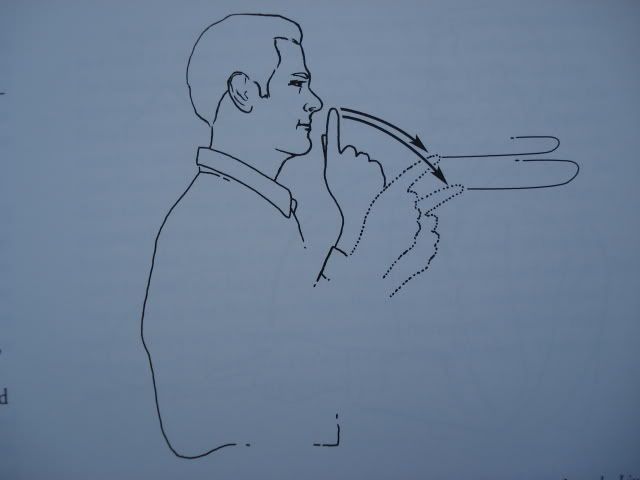
I think the problem is how you define an "overhead cast". If it is a strict 90 degrees then, yes few people use it all or most of the time. The probem with that type of definition is that to be consistent, you should define all specific casts to a specific "degree angle". When you do so, they will always end up being a minority cast. An overhead cast to me is one in which the back cast and forward cast goes overhead, that is above your head. Does it matter if the cast is canted? To me it doesn't. It is still an overhead cast.
The same goes for a sidearm cast. Must it then be defined as a true parallel to the horizon? Off by a degree and it is no longer a "true" sidearm cast. I don't think so. Whether you cant the rod a bit above or below the parallel, doesn't matter to me. In my view, it is still a sidearm cast.
The problem of hitting the rod tip occurs whenever the rod tip travels in a direct path back and forward. Some tilt does put gravity in your favor in that it will draw the line downward, but the best way to avoid hitting the rod is loop control.
Regards,
Silver
"Discovery consists of seeing what everybody has seen and thinking what nobody has thought"..........Szent-Gyorgy




 Reply With Quote
Reply With Quote

